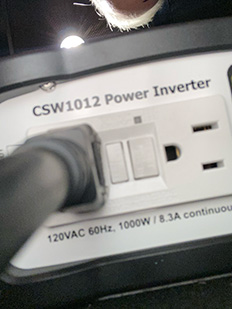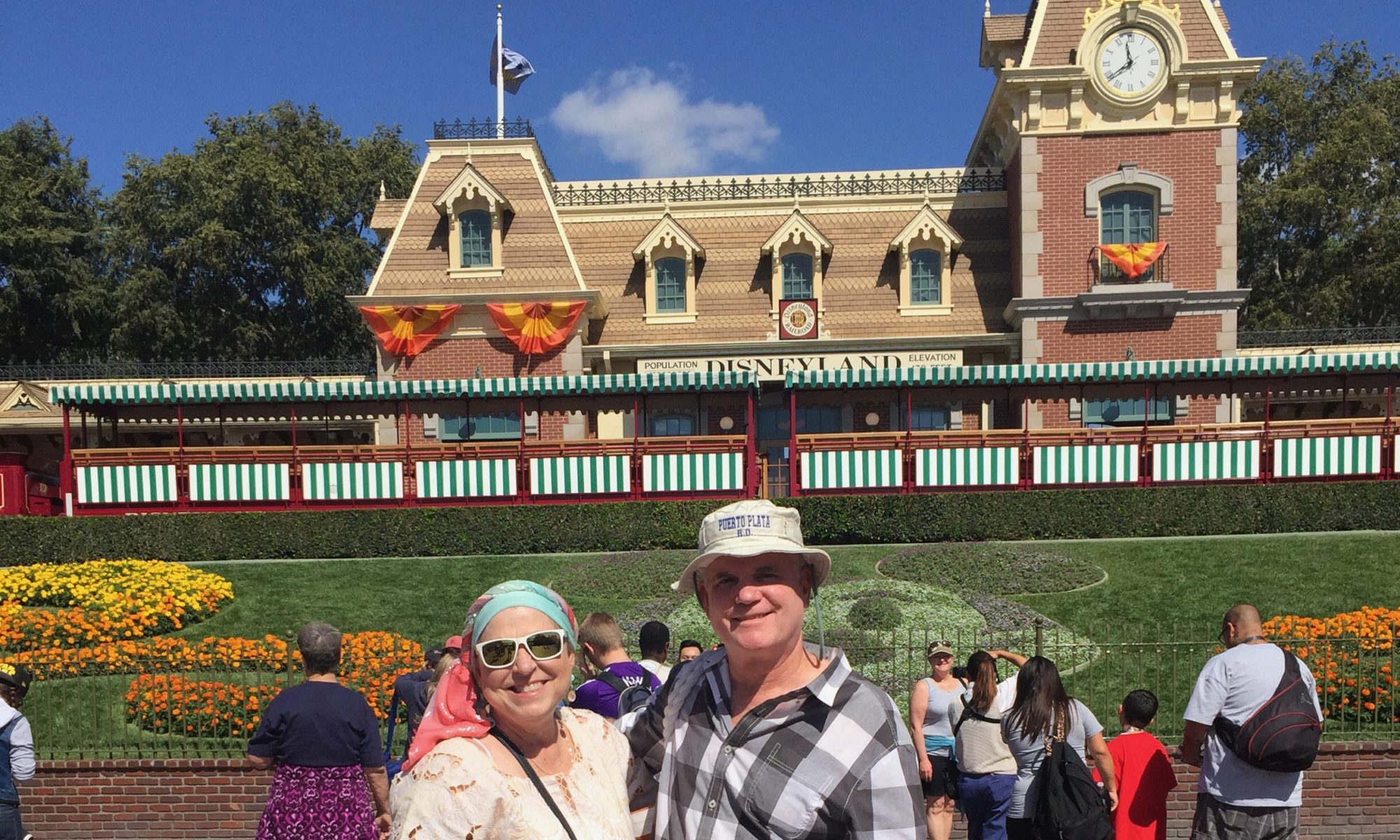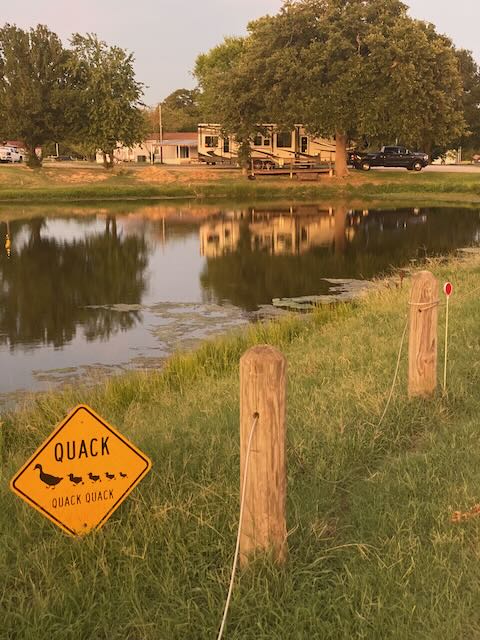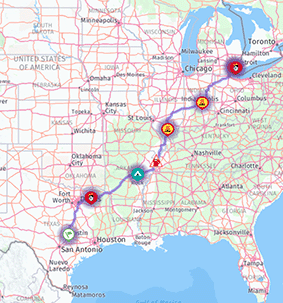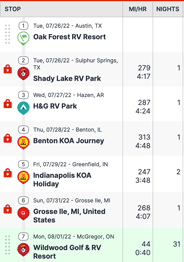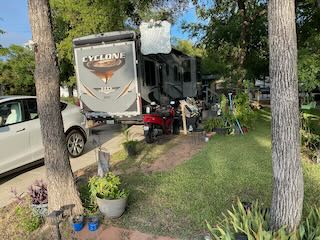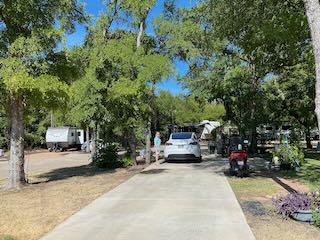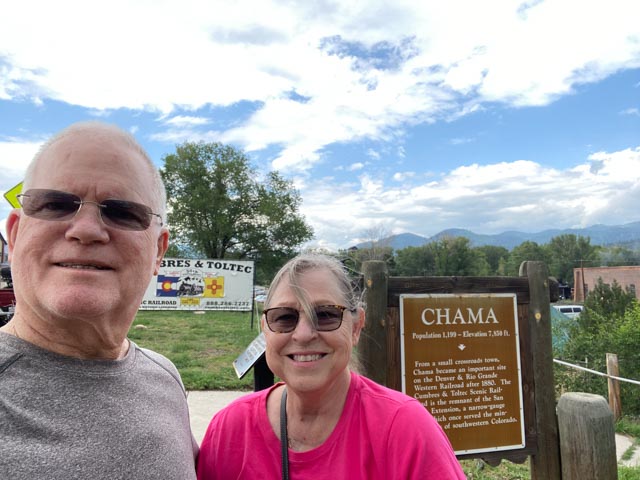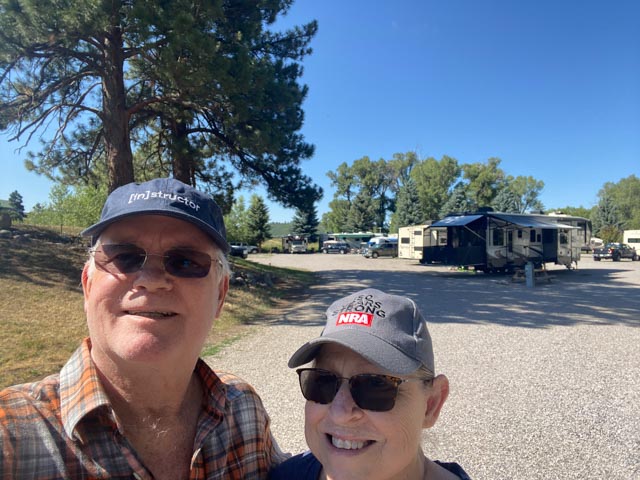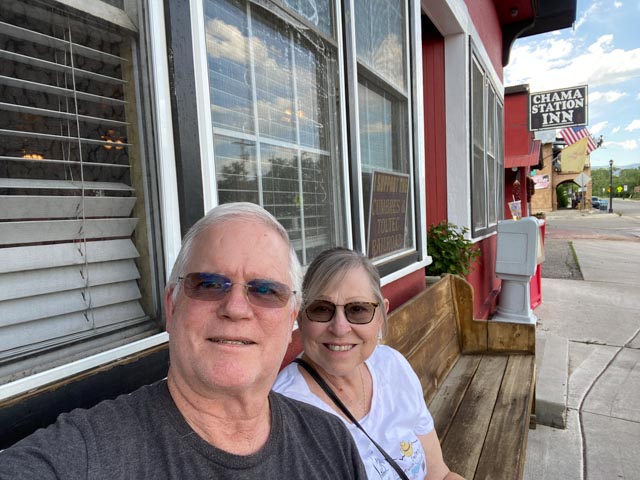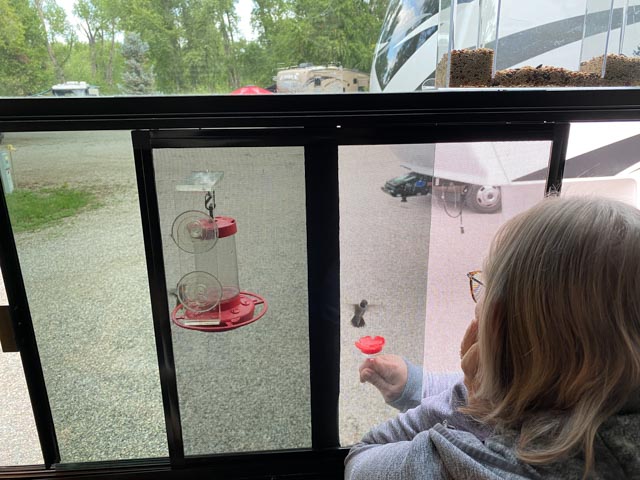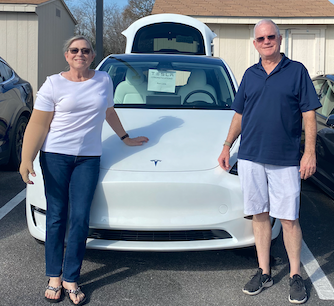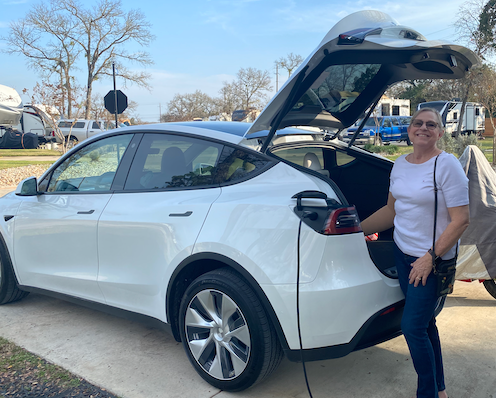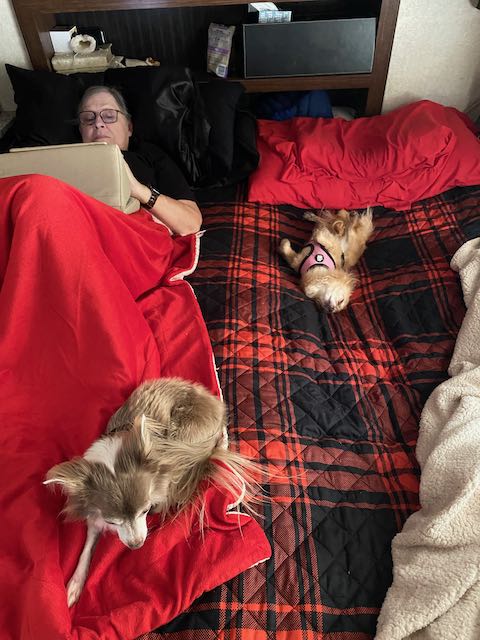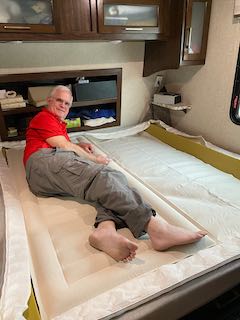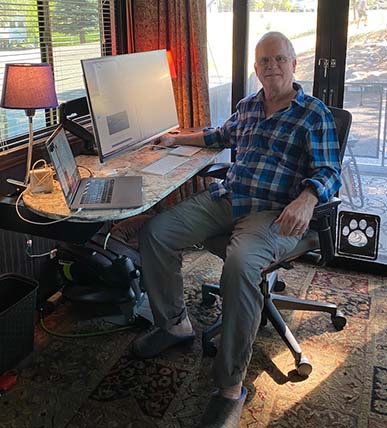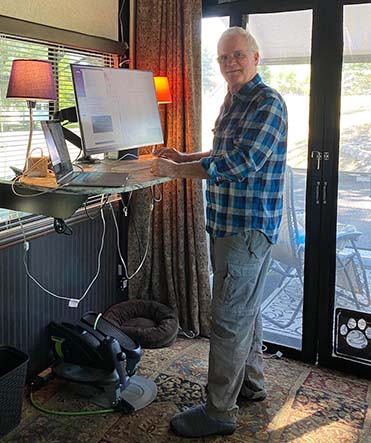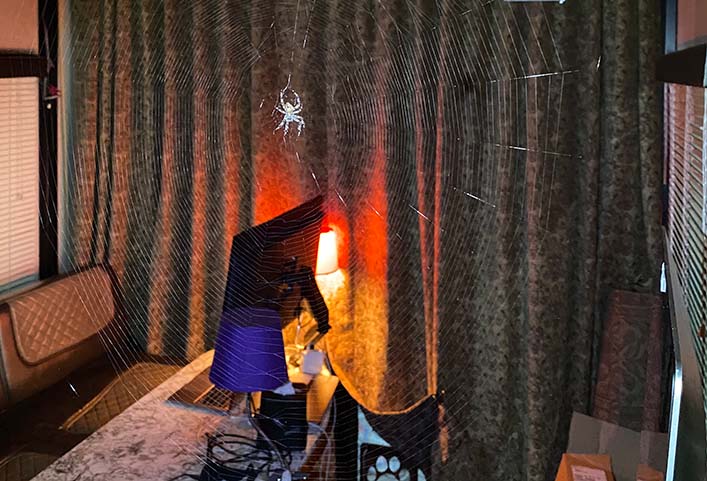We’ve been having a bit of trouble with the refrigerator when we travel. It is a standard residential type that runs off 120 vac. When we’re traveling and disconnected from shore power, it uses a 12v pure sine wave converter to keep it running using the battery. Well it turns out that this setup means that there are a bunch of things that can cause the refrigerator the stop working:
- The refrigerator circuit breaker can trip. I’ve not seen this happen yet.
- The inverter circuit breaker can trip. This happened yesterday.
- The inverter on/off switch located inside the RV can be left off. This has happened at least twice on previous trips.
- When running on the generator, one of the two generator output circuit breakers can trip. This has happened a few times in the past, and happened again yesterday.
- The battery can run dead. In this case the next item will happen also.
- The inverter can shut itself off due to some sort of error. When this happens a beeping sound comes from inside a cabinet at the front of the RV near the king pin. The inverter displays a code to indicate what is causing the problem, but of course it isn’t possible to see that code. So I have to stick my head inside the cabinet, and using my phone’s camera, take a picture of the bottom of the inverter to see what the code is. On a previous trip, a low battery condition caused this to happen. I’ve since replaced the two 100 kWh lead-acid batteries with a single 208 kWh Lithium battery. We haven’t seen that problem since.
- Also located on the bottom of the inverter where it cannot be seen is a GFI outlet. This was tripped today. I took a picture of the bottom of the inverter to see if there was any code displayed, and noticed the GFI and reset it. It’s somewhat difficult to take a picture of the LED code, as evidenced by the picture posted below which totally missed the LED.
